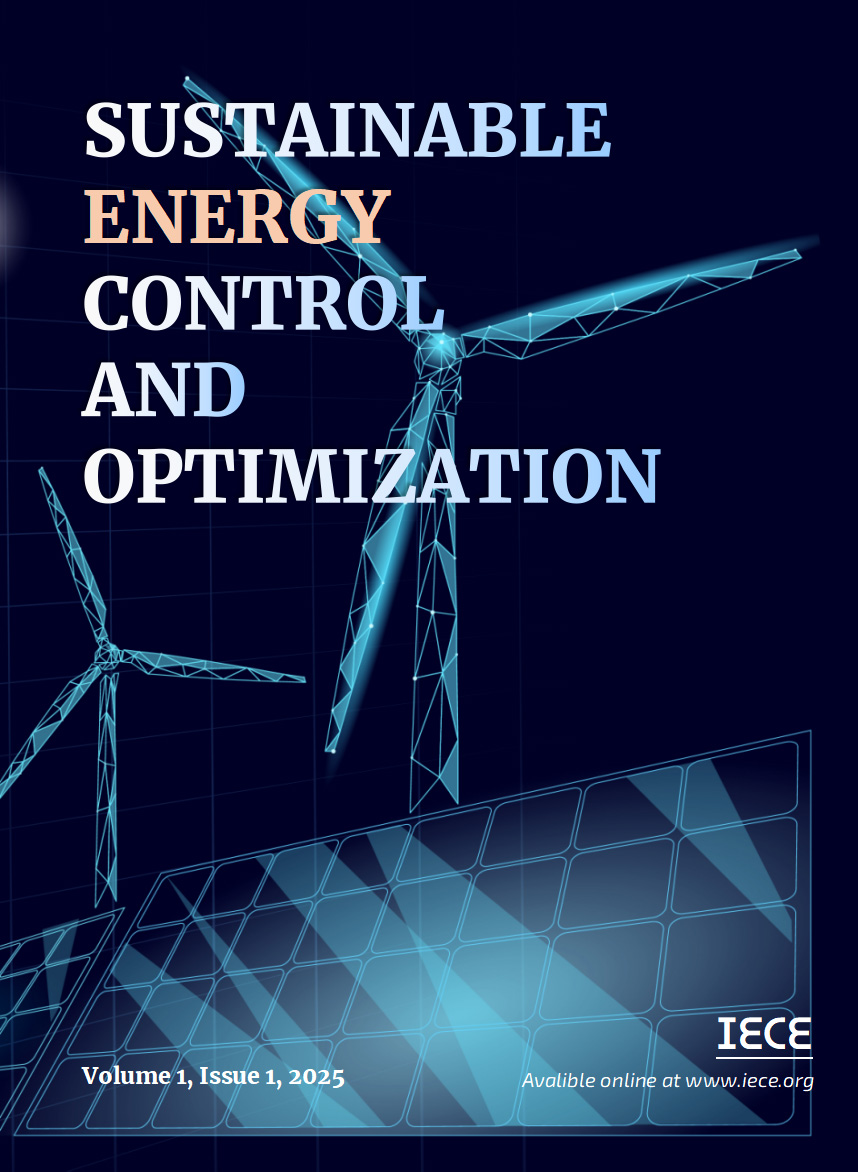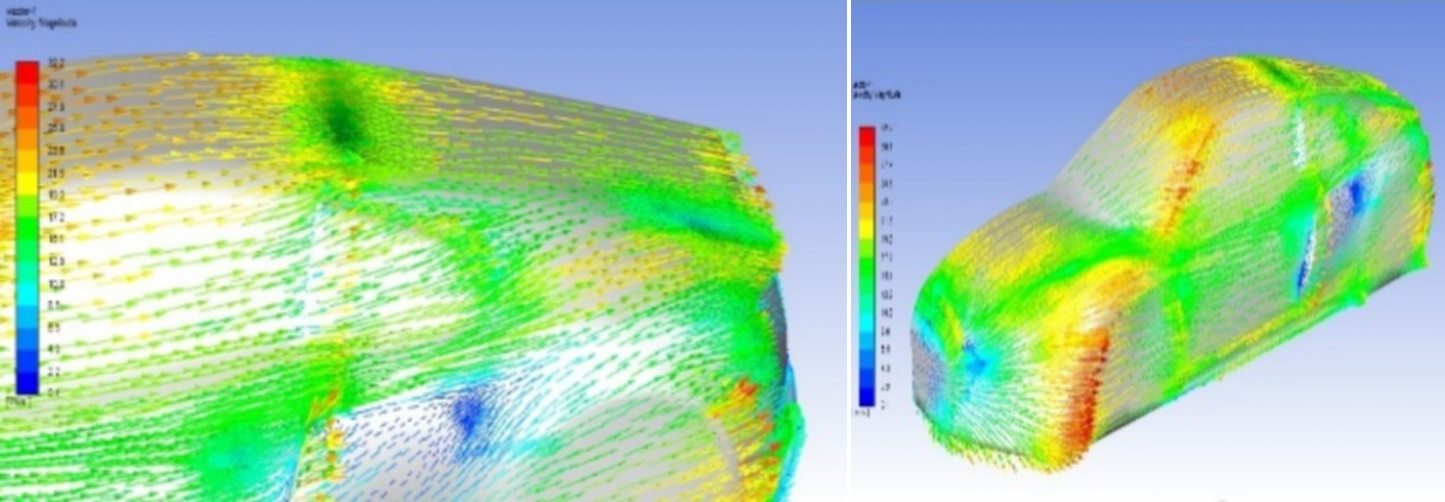Abstract
Aerodynamics principles play a fundamental role in both energy generation and consumption. Automobile aerodynamics contribute to its overall performance as well as to its efficiency. The purpose of this paper is to provide an overview of some of the available literature on spoilers and vortex generators (VGs). The paper then discusses the impact of the different types of air spoilers and VGs on the Audi R8 2014 vehicle using ANSYS Fluent 19.2. The vehicle has been modified to accommodate simulation using computational fluid dynamics (CFD). The simulation process is briefly described. There have been various spoilers proposed, including pedestal spoilers, trunk spoilers, and wavy spoilers. Additionally, VGs have been proposed, including Gothic, airtap, and B2 spirit VGs. According to simulation results, the trunk spoiler is the most effective among the proposed spoilers, and the Gothic VG is the most effective among the VGs. Consequently, a combination of a trunk spoiler and a Gothic VG has been tested. This results in a 27.7% reduction in lift coefficient and a 16.45% reduction in drag coefficient.
Data Availability Statement
Data will be made available on request.
Funding
This work was supported by the Palestine Technical University – Kadoorie, Palestine.
Conflicts of Interest
The authors declare no conflicts of interest.
Ethical Approval and Consent to Participate
Not applicable.
Cite This Article
APA Style
Amer, M., Foqha, A., Salhab, A., Abu-Zant, Y., Dababat, A., & Elsisi, M. (2025). Numerical Investigation of the Aerodynamic Effects of Vortex Generators and Spoilers on Audi R8 Using ANSYS Fluent. Sustainable Energy Control and Optimization, 1(1), 20–34. https://doi.org/10.62762/SECO.2025.278304
Publisher's Note
IECE stays neutral with regard to jurisdictional claims in published maps and institutional affiliations.
Rights and permissions

Copyright © 2025 by the Author(s). Published by Institute of Emerging and Computer Engineers. This article is an open access article distributed under the terms and conditions of the Creative Commons Attribution (CC BY) license (
https://creativecommons.org/licenses/by/4.0/), which permits use, sharing, adaptation, distribution and reproduction in any medium or format, as long as you give appropriate credit to the original author(s) and the source, provide a link to the Creative Commons licence, and indicate if changes were made.


 Submit Manuscript
Edit a Special Issue
Submit Manuscript
Edit a Special Issue

 Copyright © 2025 by the Author(s). Published by Institute of Emerging and Computer Engineers. This article is an open access article distributed under the terms and conditions of the Creative Commons Attribution (CC BY) license (https://creativecommons.org/licenses/by/4.0/), which permits use, sharing, adaptation, distribution and reproduction in any medium or format, as long as you give appropriate credit to the original author(s) and the source, provide a link to the Creative Commons licence, and indicate if changes were made.
Copyright © 2025 by the Author(s). Published by Institute of Emerging and Computer Engineers. This article is an open access article distributed under the terms and conditions of the Creative Commons Attribution (CC BY) license (https://creativecommons.org/licenses/by/4.0/), which permits use, sharing, adaptation, distribution and reproduction in any medium or format, as long as you give appropriate credit to the original author(s) and the source, provide a link to the Creative Commons licence, and indicate if changes were made. 